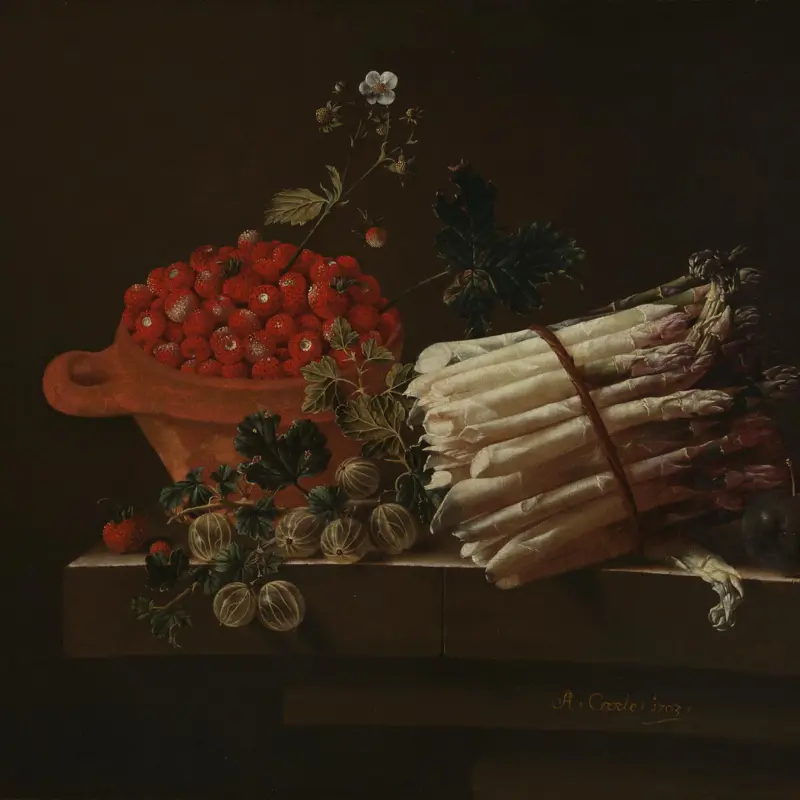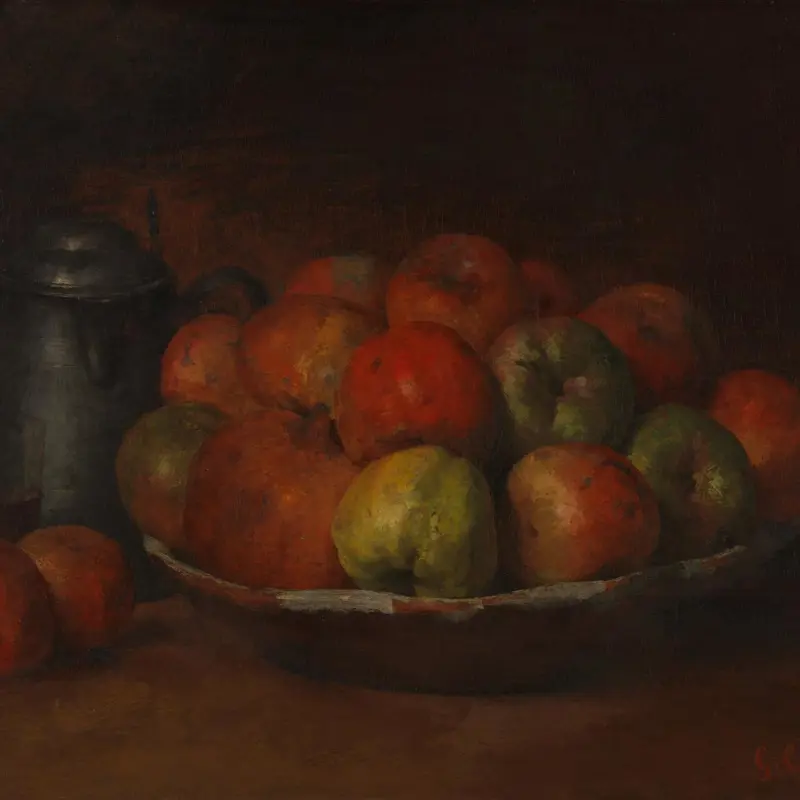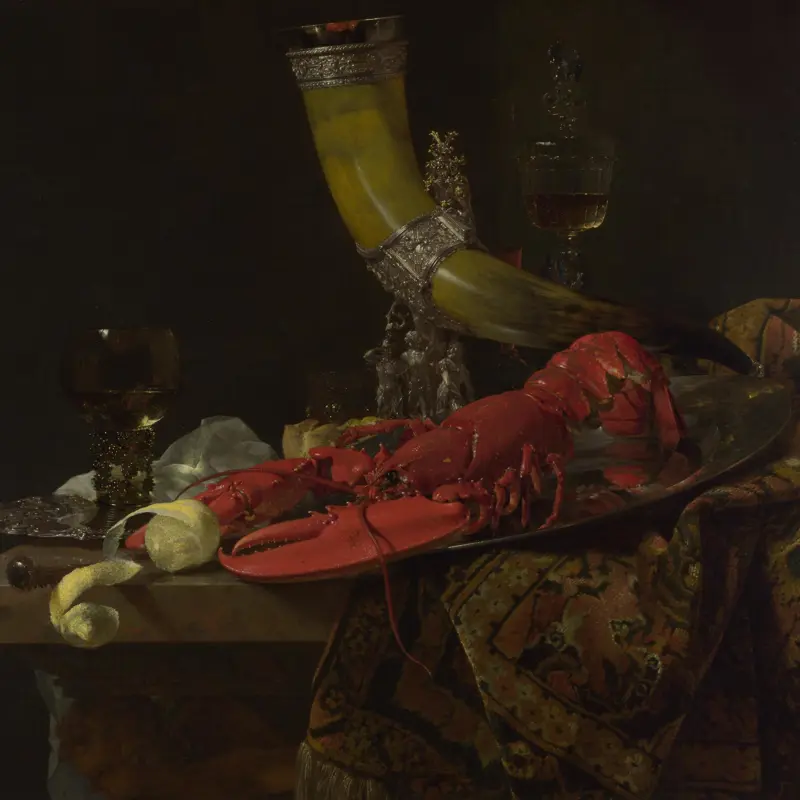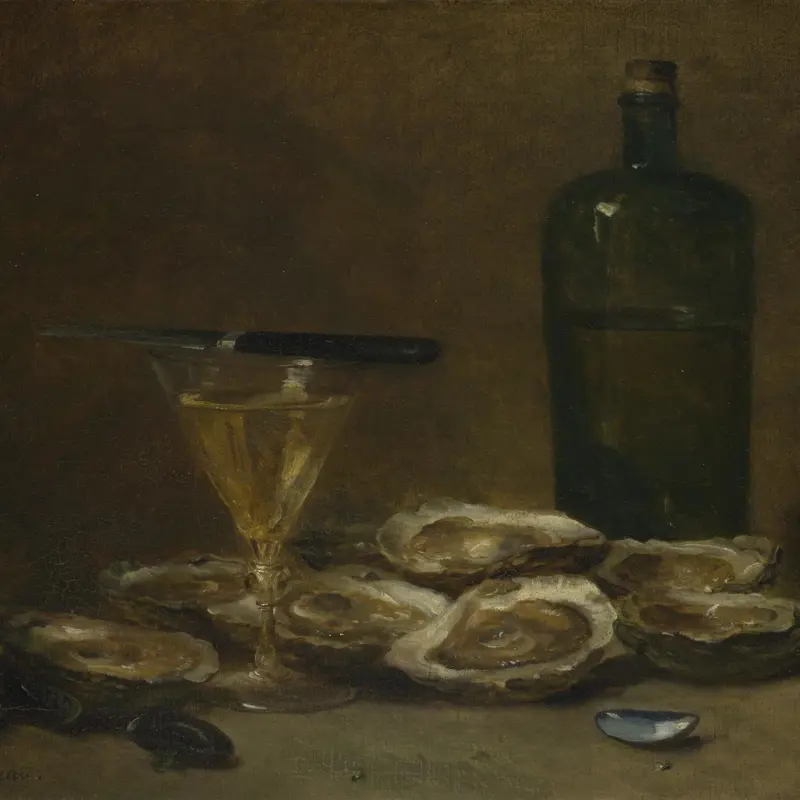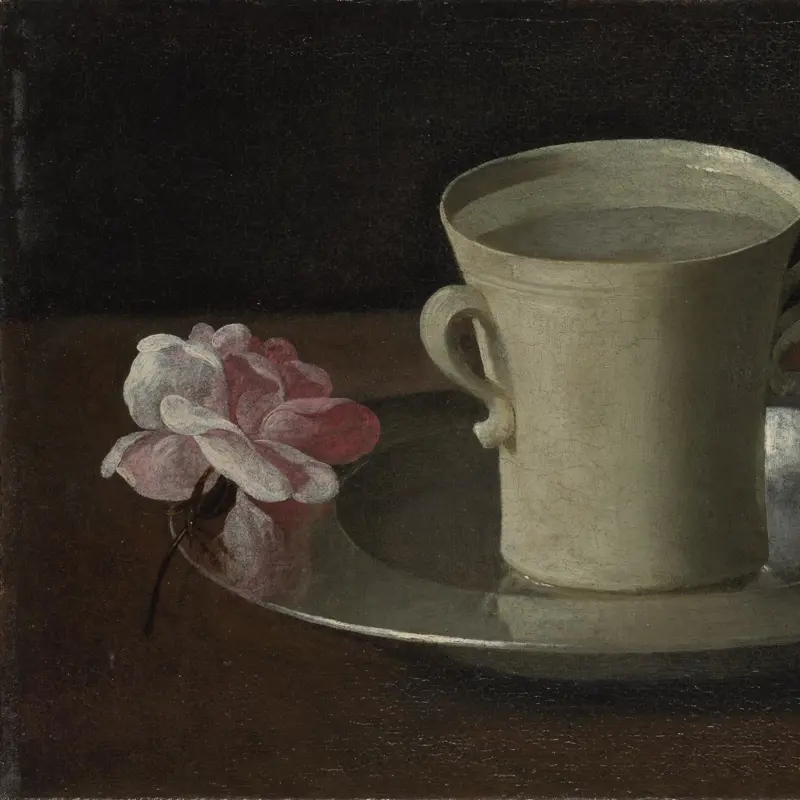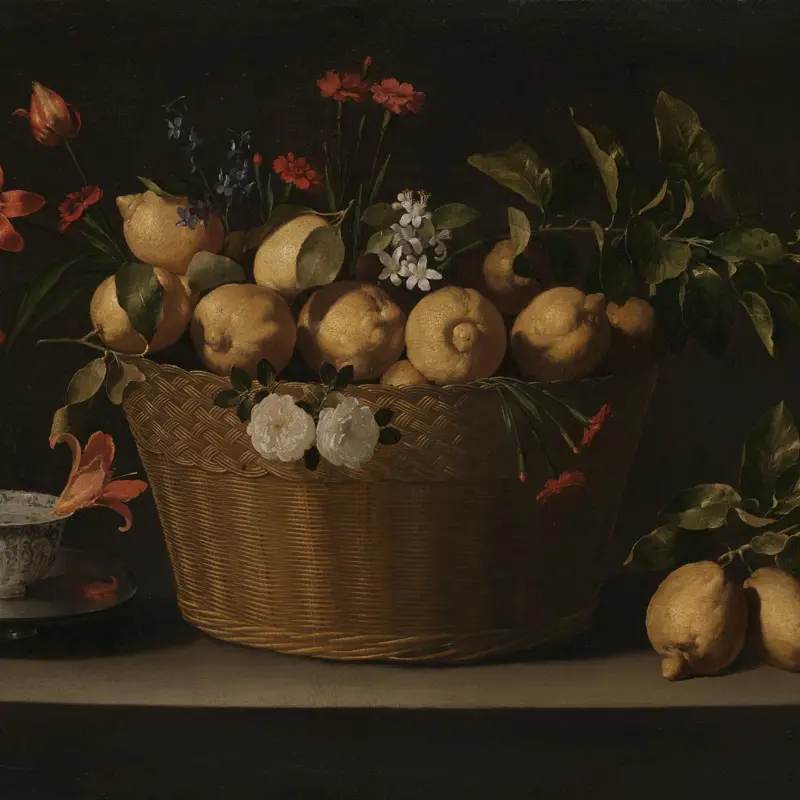Artists practised still-life painting in ancient Greece and Rome. During the 16th century, the discovery of Roman mural paintings portraying fruit and flowers sparked a renewed interest in still life. Artists began to depict objects as the main focus of paintings.
Still life became particularly popular in the Netherlands, Italy and Spain from the early 17th century. In the Netherlands its rise mirrored a rapid development of cities, and a desire for fine interiors and impressive possessions.
A still life could range from a simple arrangement of one or two natural or man-made objects through to displays of lavish banquets. Artists showed their skill in portraying textures, colours and patterns, light falling on surfaces and reflections on metal and glass. The objects in a still life could sometimes also hold religious significance. Half-eaten and decaying fruit symbolise passing time and remind the spectator that life is short.
Still life regained popularity during the later 19th century, particularly in France. This was partly due to the rediscovery of the French 18th-century artist Jean-Siméon Chardin (1699–1779). His still lifes of everyday objects appealed to a growing interest in representing ordinary reality. Artists such as Philippe Rousseau (1816–1887) imitated his style.


